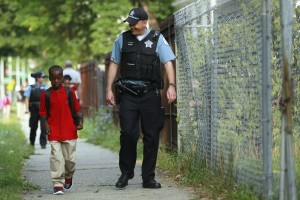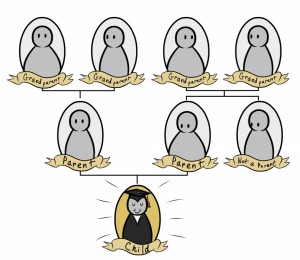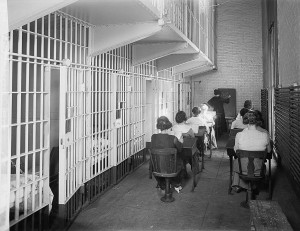
1. What lead you to do this research?
A growing number of U.S. children are being suspended or expelled. Meanwhile, children are increasingly prescribed therapy and/or medication for medically diagnosed behavior problems. Moreover, these patterns are different for children from different racial/ethnic backgrounds. Do school punishment and therapy/medication influence criminal justice and mental health systems involvement later in life?
2. What should everybody know about what you found?
I use nationally-representative, prospective panel data following 3,274 males from childhood through young adulthood. I find that school punishment before the age of fifteen is associated with involvement in the criminal justice system, but not the mental health system. Using therapy/medication during childhood is associated with involvement in the mental health system, but not the criminal justice system. While the relationship between punishment and the criminal justice system is similar across racial/ethnic groups, the connection between medicalized social control during childhood and adulthood is stronger for Whites than non-Whites. Because young Black males have higher rates of suspension/expulsion, they disproportionately face the “school-to-prison pipeline,” in which forced school removal increases the risk of criminal involvement and incarceration later in life. Meanwhile, Whites may use medicalization during childhood to avoid the “school-to-prison pipeline” via the mental health system.
3. What are you going to do next on this topic?
I am comparing the effects of punishment and medicalization on short- and long-term academic performance and behavior. I hope to better understand the mechanisms through which suspension/expulsion and therapy/medication contribute to involvement in the criminal justice or mental health systems. These may include school failure, changes in attitudes, and behavioral improvements or impairments.
You can read the full article here:
Ramey, David M. 2016. “The Influence of Early School Punishment and Therapy/Medication on Social Control Experiences During Young Adulthood.” Criminology 54(1).












